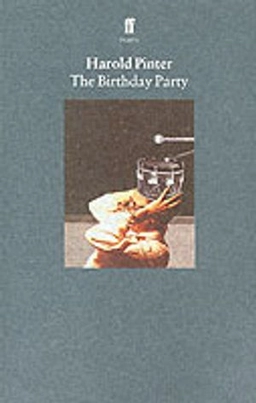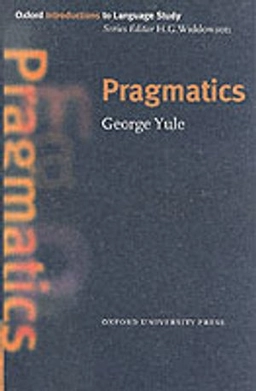

Death of a salesman
- Utgiven: 1994
- ISBN: 9780435233075
- Sidor: 144 st
- Förlag: Heineman
- Format: Inbunden
- Språk: Engelska
Om boken
Åtkomstkoder och digitalt tilläggsmaterial garanteras inte med begagnade böcker
Mer om Death of a salesman (1994)
1994 släpptes boken Death of a salesman skriven av Arthur Miller. Den är skriven på engelska och består av 144 sidor. Förlaget bakom boken är Heineman.
Köp boken Death of a salesman på Studentapan och spara pengar.
Referera till Death of a salesman
Harvard
Oxford
APA
Vancouver



















